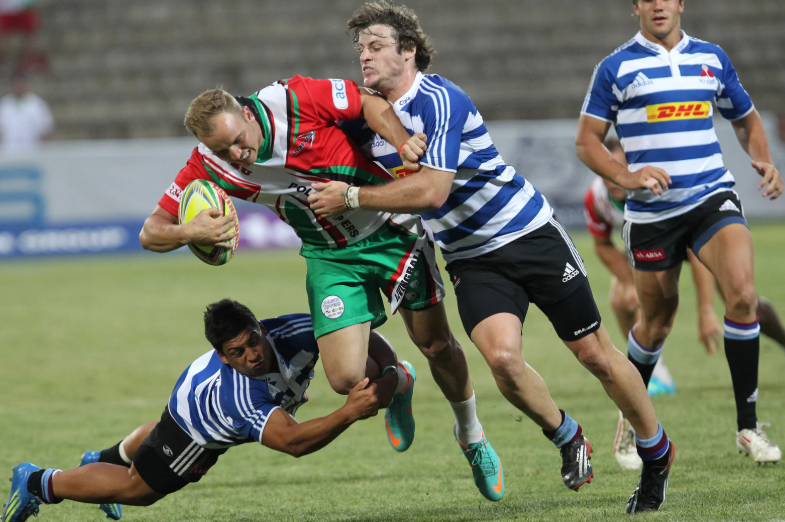Athlete screening is like a pre-season tune-up for your body—identifying weaknesses, imbalances, and risks before they turn into injuries. Whether you’re a weekend warrior or an elite competitor, screening helps tailor training and rehab programs to keep you performing at your best. In this blog, we’ll dive into why screenings matter, what they involve, and a real-life case study showing their impact.
What is Athlete Screening?
Athlete screening is a structured assessment that identifies potential injury risks, biomechanical inefficiencies, and performance limitations. It’s commonly used in pre-season evaluations across various sports, from soccer to swimming. The goal is to detect imbalances or weaknesses that could lead to injury if left unaddressed.
A thorough athlete screening includes:
- Strength testing (e.g., single-leg squats, calf raises)
- Flexibility and mobility assessments
- Balance and proprioception tests
- Functional movement screening (FMS)
- Sport-specific drills (e.g., sprint mechanics, jump landing techniques)

Why is Athlete Screening Important?
Many injuries don’t happen suddenly—they build up over time due to poor movement patterns, muscle imbalances, or inadequate strength in key areas. A screening helps:
- Prevent injuries – By identifying weak links before they lead to strains or sprains.
- Enhance performance – A more balanced and efficient body moves faster, jumps higher, and endures longer.
- Customise training plans – Targeted rehab or strength programs address individual needs.
- Boost longevity in sport – Reducing injury risk means more seasons of play.

The Screening Process: What to Expect
During a screening, a physiotherapist assesses different movement patterns and strength levels. The process typically includes:
1. Medical and Injury History
We discuss past injuries, recurring pain, and any areas of concern. This helps tailor the screening process.
2. Strength and Stability Tests
Muscle strength is assessed through controlled exercises like single-leg squats, push-offs, and resistance-based tests.
3. Flexibility and Mobility Checks
Tight hamstrings, limited ankle dorsiflexion, or stiff hip flexors can all contribute to injury risk.
4. Functional Movement Analysis
Using techniques like the Functional Movement Screen (FMS), we observe how an athlete moves, squats, lunges, and pivots.
5. Sport-Specific Testing
For soccer players, this might involve cutting movements, balance while striking the ball, or sprint mechanics.

Case Study: Screening Saves a Soccer Season
Recently, we screened a 19-year-old soccer player ahead of their upcoming season. They had a history of minor ankle sprains but no major injuries. During the screening, we noticed something crucial: a significant weakness in their left calf.
Key Findings:
- The player struggled to complete the same number of single-leg calf raises on the left side as on the right.
- Balance on the left leg was noticeably weaker.
- Sprint acceleration showed a slight asymmetry, indicating a potential performance deficit.
- The player explained they had sprained their ankle in the last game of last season but did not do any rehabilitation in the off season.
The Solution:
We in designed a six-week rehab program to strengthen the left calf and improve overall lower limb stability. The plan included:
- Calf raises (both bent and straight knee) – 3 sets until fatigue
- Single-leg balance drills to enhance proprioception
- Eccentric calf strengthening exercises
- Progressive plyometrics to improve explosive power
The Result:
By the start of the season, the athlete reported feeling stronger and more balanced. They completed the pre-season without any sprains, improved their sprinting mechanics, and felt more confident in their cutting movements.
Who Should Get Screened?
Athlete screening isn’t just for professionals. If you:
- Have had a previous injury and want to prevent a recurrence
- Experience niggling pain that comes and goes
- Want to improve performance by identifying movement inefficiencies
- Play a high-impact sport like soccer, basketball, AFL, rugby union
Then a pre-season screening could be a game-changer for you.

Final Thoughts
Athlete screening is an investment in your body and performance. Whether you’re recovering from an injury or aiming to prevent one, understanding your strengths and weaknesses can help you train smarter. If you’re heading into a new season, now is the perfect time to book a screening and stay ahead of injuries!
References & Further Reading:
- Functional Movement Systems. (n.d.). What is FMS? https://www.functionalmovement.com
- Sports Medicine Australia. (n.d.). Injury prevention strategies for athletes. https://sma.org.au
- FIFA 11+. (n.d.). A complete warm-up program for injury prevention in soccer. https://www.fifamedicalnetwork.com
Ready to get screened? Contact us today to book your athlete screening session!
